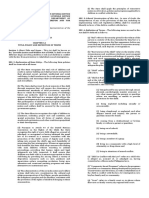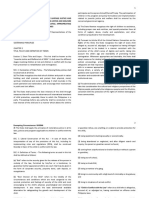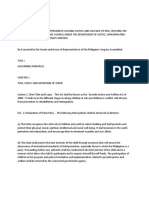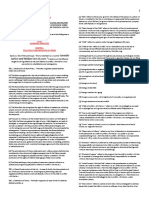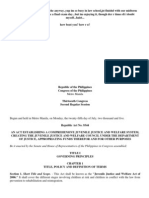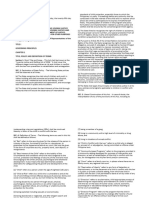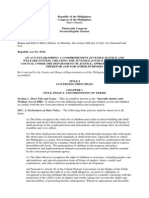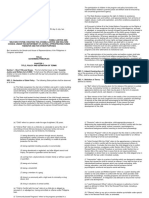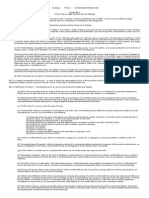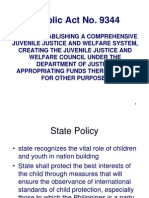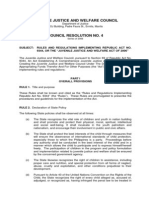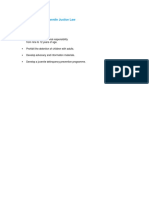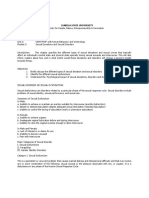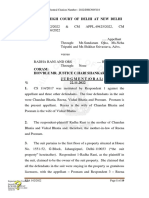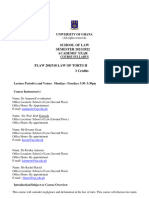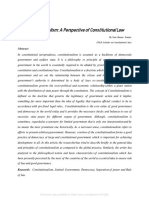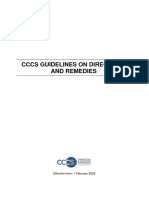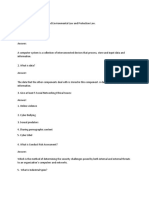0% found this document useful (0 votes)
278 views9 pagesModule 2 LEA 327
Unit 2: LEA 327 Children and Women Laws
Module 2: REPUBLIC ACT No. 9344 AN ACT ESTABLISHING A COMPREHENSIVE JUVENILE JUSTICE AND WELFARE SYSTEM, CREATING THE JUVENILE JUSTICE AND WELFARE COUNCIL UNDER THE DEPARTMENT OF JUSTICE, APPROPRIATING FUNDS THEREFOR AND FOR OTHER PURPOSES
Uploaded by
Noemi Yabes Domingo MscrimCopyright
© © All Rights Reserved
We take content rights seriously. If you suspect this is your content, claim it here.
Available Formats
Download as DOCX, PDF, TXT or read online on Scribd
0% found this document useful (0 votes)
278 views9 pagesModule 2 LEA 327
Unit 2: LEA 327 Children and Women Laws
Module 2: REPUBLIC ACT No. 9344 AN ACT ESTABLISHING A COMPREHENSIVE JUVENILE JUSTICE AND WELFARE SYSTEM, CREATING THE JUVENILE JUSTICE AND WELFARE COUNCIL UNDER THE DEPARTMENT OF JUSTICE, APPROPRIATING FUNDS THEREFOR AND FOR OTHER PURPOSES
Uploaded by
Noemi Yabes Domingo MscrimCopyright
© © All Rights Reserved
We take content rights seriously. If you suspect this is your content, claim it here.
Available Formats
Download as DOCX, PDF, TXT or read online on Scribd
/ 9


